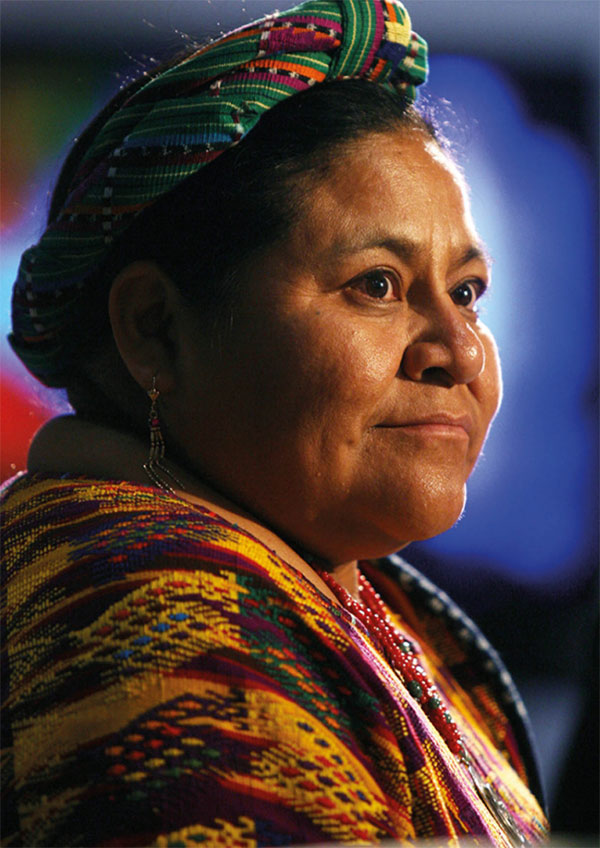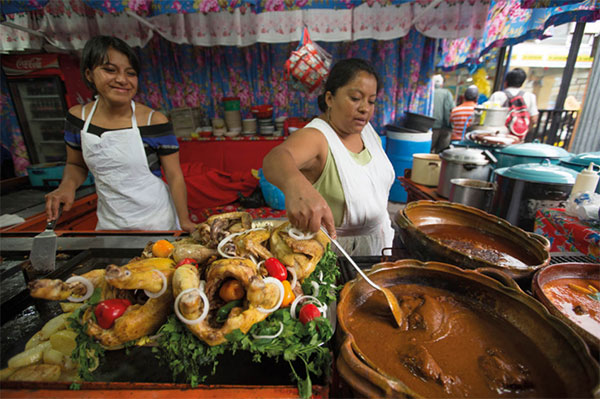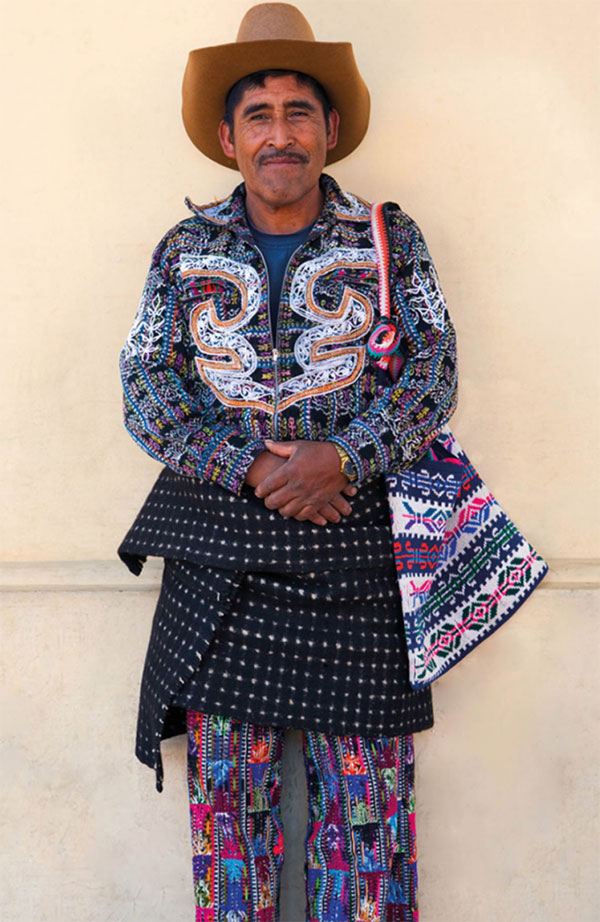Hurricane Mitch
At peak intensity, Mitch sustained winds of 285 km/h and had one of the lowest barometric pressures for any Atlantic hurricane. The hurricane weakened as it reached the shores of Honduras, yet moved so slowly across Guatemala and Nicaragua that it dropped historic amounts of rainfall. Deaths due to catastrophic flooding made it one of the deadliest hurricanes in history after the Great Hurricane of 1780.
Nearly the entire country of Honduras saw significant damage. On the Bay Islands, water facilities were damaged and nearly all the mangroves and trees of every sort on Guanaja were uprooted. The high rainfall caused rivers in the country to overflow and widespread mudslides on the mainland. An estimated 70–80 percent of roads and bridges were destroyed, as were power lines and access to fresh water. The overall impact represented about 70 percent of the country’s GDP. In Nicaragua, as much as 630mm (25 inches) of rain fell on coastal areas, 368,300 people were displaced and roughly 2,700km (1,678 miles) of roads were destroyed. The rains left a trail of damage from flooding and mudslides through Belize, Guatemala, El Salvador, Costa Rica, and Panama, as well as elsewhere in the Caribbean region. In the aftermath, nearly 11,000 people were killed, more than 11,000 were missing, and 2.7 million were left homeless. The region, already recovering from civil wars, was left with more than $6 billion in damages.
The current situation
Dictatorships and bloodshed have plagued the region since the birth of the independent states, but peace and stability finally seem to be taking hold. Still, natural disasters, corruption, security, and uneven economic development occasionally give way to general instability. Rising crime rates and the influence of criminal cartels are two of the most pressing issues facing countries like Guatemala, Honduras, El Salvador, and Mexico. Mafia-style networks, many with ties to the military and corruption-riddled police forces, have established the region as key in the drug trade. Gang membership in urban areas also threatens social stability, as has the return of deported gang members that were previously living illegally in the US. Still, security and development throughout the region is far better than it once was, with steady growth economically.
GUATEMALA’S NOBEL PEACE PRIZE WINNER
Rigoberta Menchú, an activist for the rights of the world’s Indigenous peoples, is a controversial figure in Guatemala today.
Globally, the best-known Guatemalan is not the president, a pop star, or even a sporting figure, but the K’iche’ Maya human rights activist Rigoberta Menchú, who won the 1992 Nobel Peace Prize for her work on behalf of Guatemala’s and the world’s Indigenous peoples. Menchú is a controversial figure in Guatemala, feted by the political left, but also provoking vitriolic polemic from her ideological opponents, who consider her a subversive ex-guerrilla.
Rigoberta Menchú was born in 1959 in Quiché. In the first volume of her autobiography, I, Rigoberta Menchú, published in 1983, she describes how the horrific brutality of the Guatemalan civil war affected her family, how her mother, father and brothers were branded guerrilla-sympathizers and killed by the military in their fight to protect the family’s farmland. In powerful, unambiguous language, Menchú castigates the inequalities of that ruptured Guatemalan society: the cultural chasm between ladino and Maya, the gross disparity of wealth, health education, and opportunity between the country’s rich and poor. She also details that she had no formal schooling, how her family had to work in the plantations of the Pacific coast to survive, and her flight to exile in Mexico in 1980.
I, Rigoberta Menchú sold strongly all over the world, catapulting the author into the international limelight. Menchú became a familiar face at the United Nations in Geneva, tirelessly campaigning for the rights of the Guatemalan Maya and forging connections with other oppressed minorities. This period of her life is recounted in Crossing Borders (1998), the second volume of her autobiography, a less harrowing read. It tackles the controversy over her Nobel Peace Prize award, which split the country along familiar lines as ecstatic supporters celebrated in San Marcos, while the president failed to turn up to a rally in the capital, citing an earache.
A controversial figure
The Nobel laureate returned to Guatemala in 1994 as an iconic if contentious figure, but internationally she remained beyond reproach until the publication of David Stoll’s biography Rigoberta Menchú and the Story of All Poor Guatemalans, in 1998. Stoll’s book shook this enshrined reputation, contending that important parts of I, Rigoberta Menchú were false: that Menchú had been educated at a convent school and that her family’s land dispute was an internecine family quarrel rather than a racially charged Indigenous–ladino clash. He also alleged a guerrilla past.
Menchú has since admitted that she received some education at the convent, but remained silent about other allegations. Despite doubts over certain details of Menchú’s story, her reputation remains largely intact, and the Nobel Committee dismissed calls to revoke her prize. It is not in dispute that her mother, father, and brothers died at the hands of the military.

Rigoberta Menchu.
Menchú’s success bringing global attention to the suffering of the Guatemalan Maya is unquestionable. Her work on behalf of the world’s Indigenous peoples for the UN has been tireless, and she continues to campaign in Guatemala for political and social justice and on healthcare issues. She has also fought to prosecute armed forces leaders for civil war atrocities. Menchú formally entered politics in 2005, serving as a goodwill ambassador for the peace accords, and went on to contest the 2007 and 2011 presidencies, but only polled 3 percent of the vote in both elections.

A mother and daughter cook traditional Guatemalan food at their outdoor food stall in Quetzaltenango.

Traditionally dressed Mayan man from Panajachel, Guatemala.